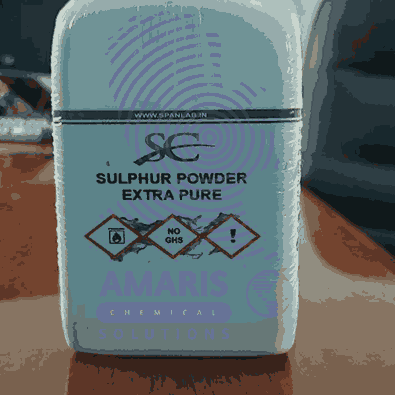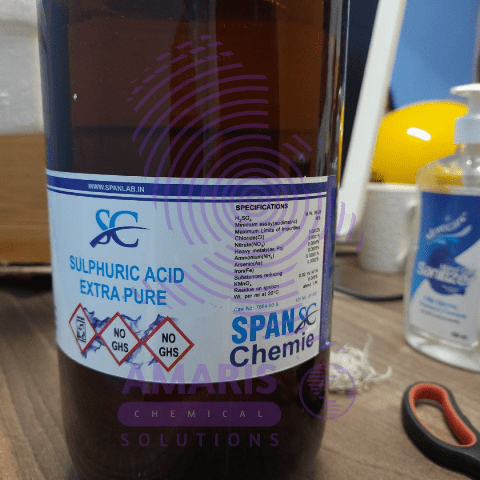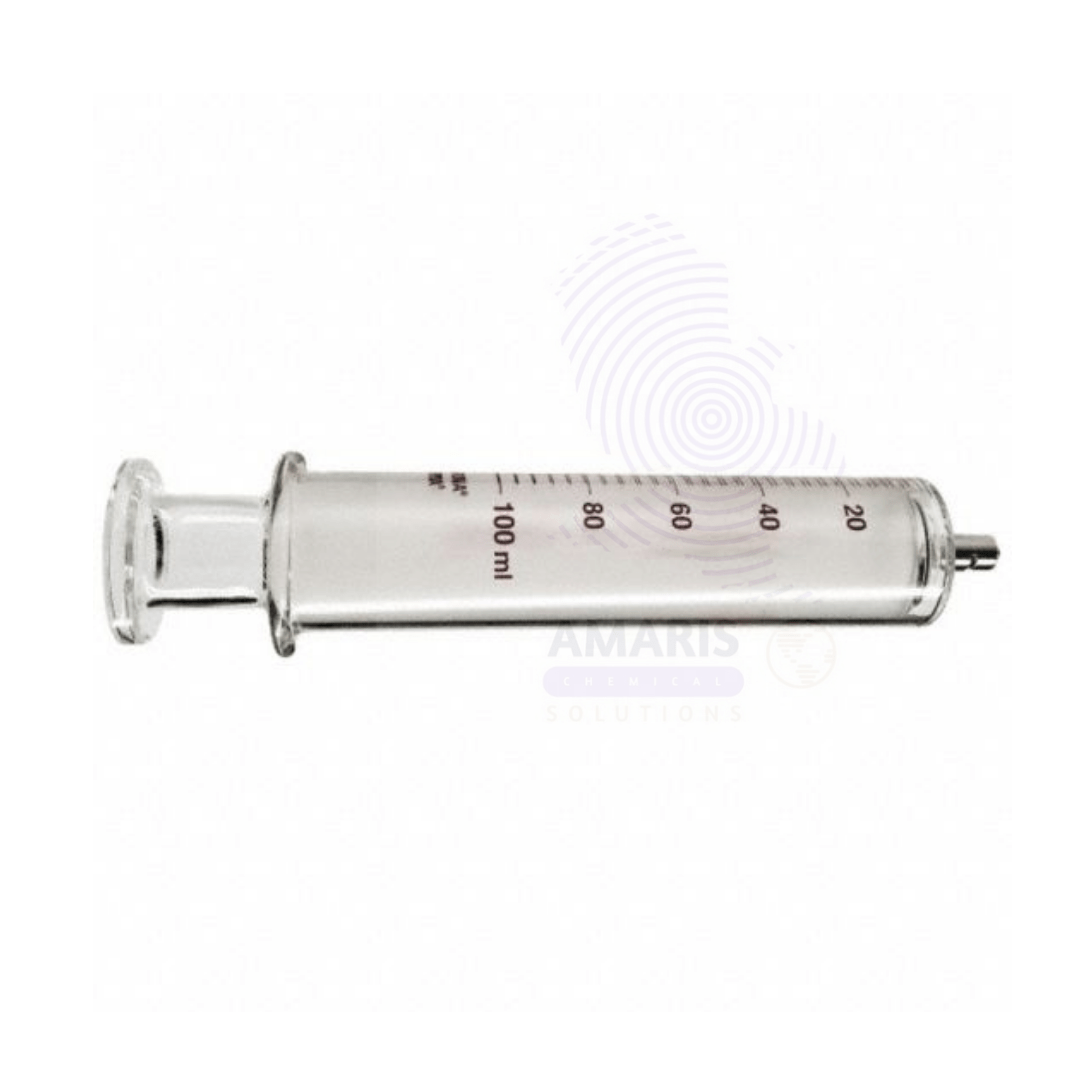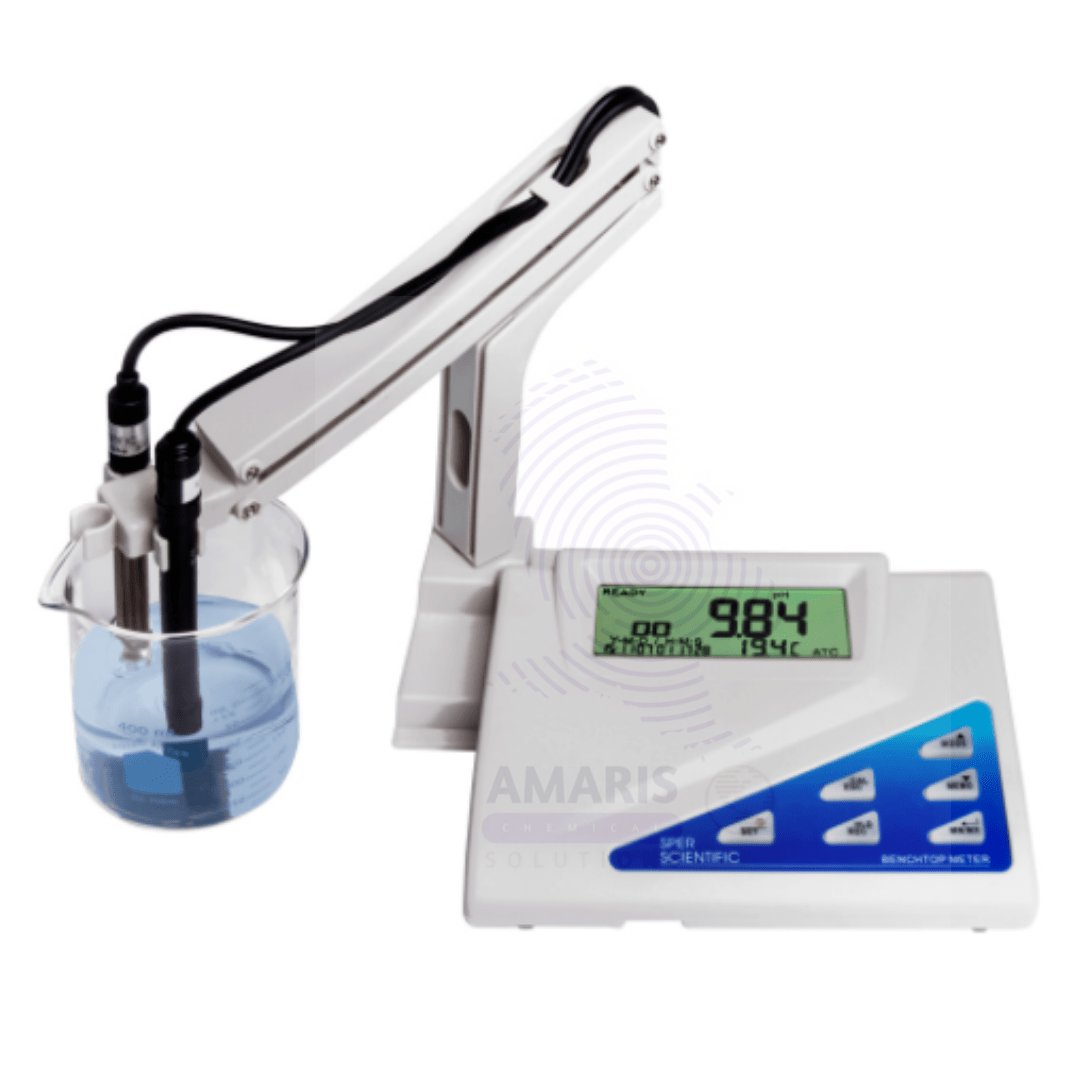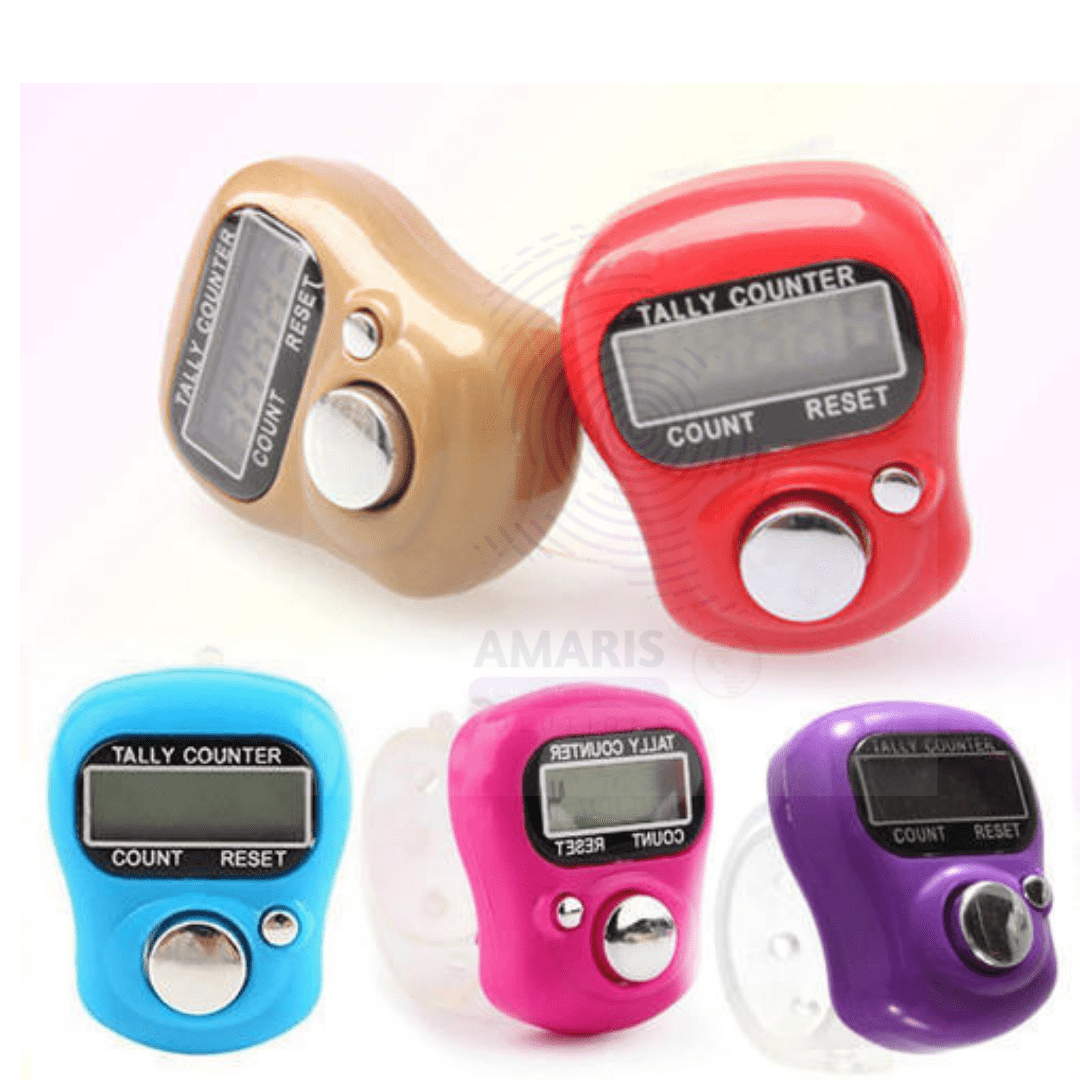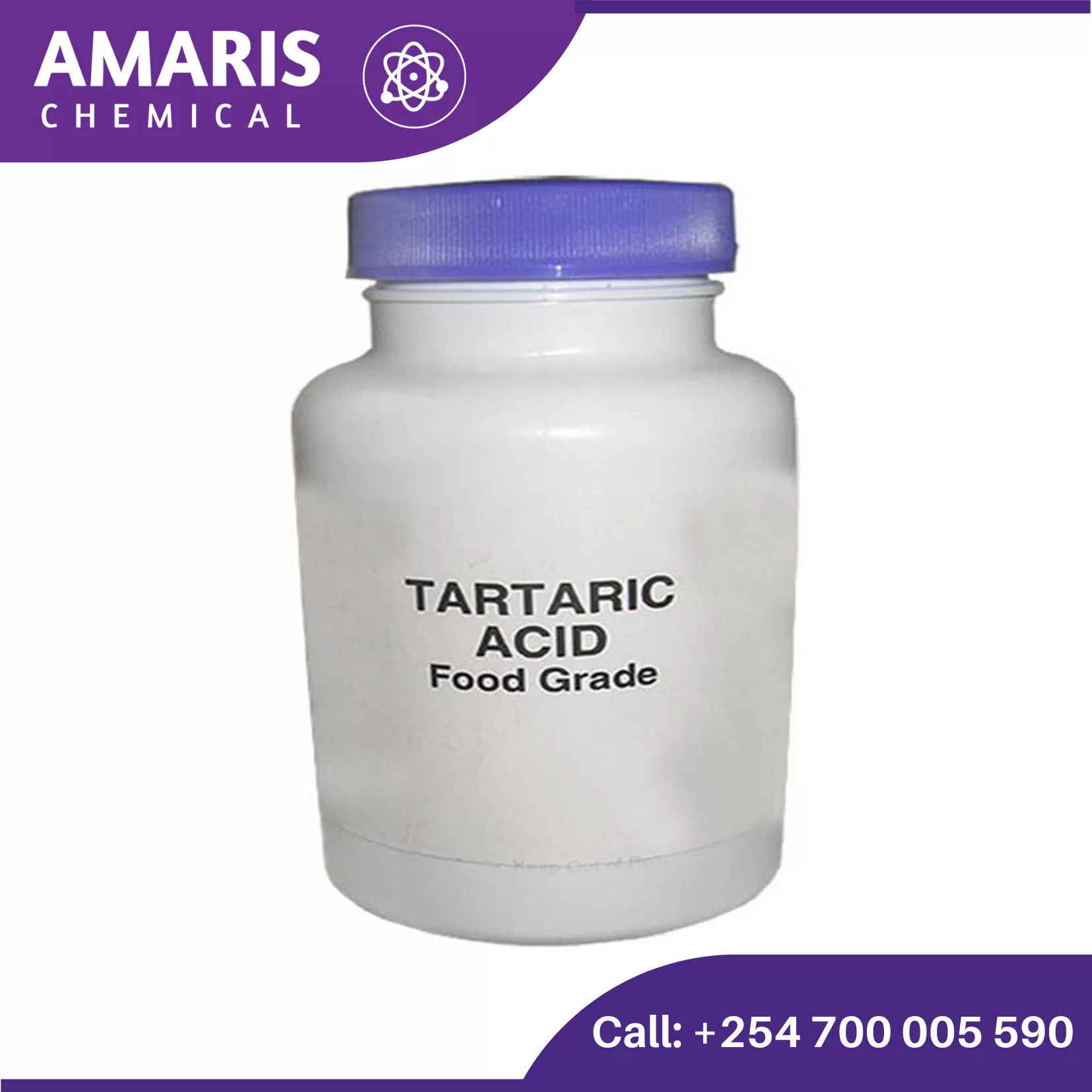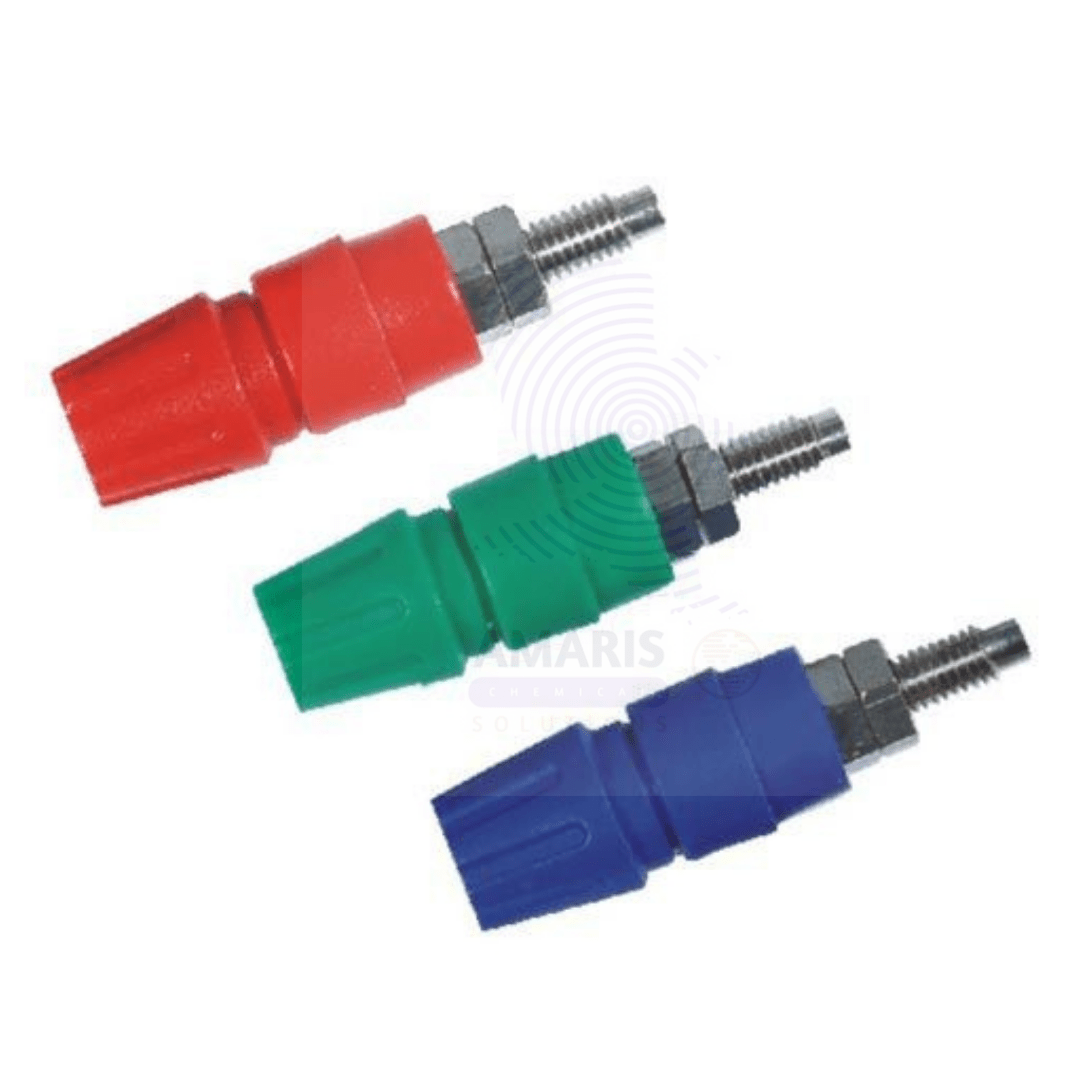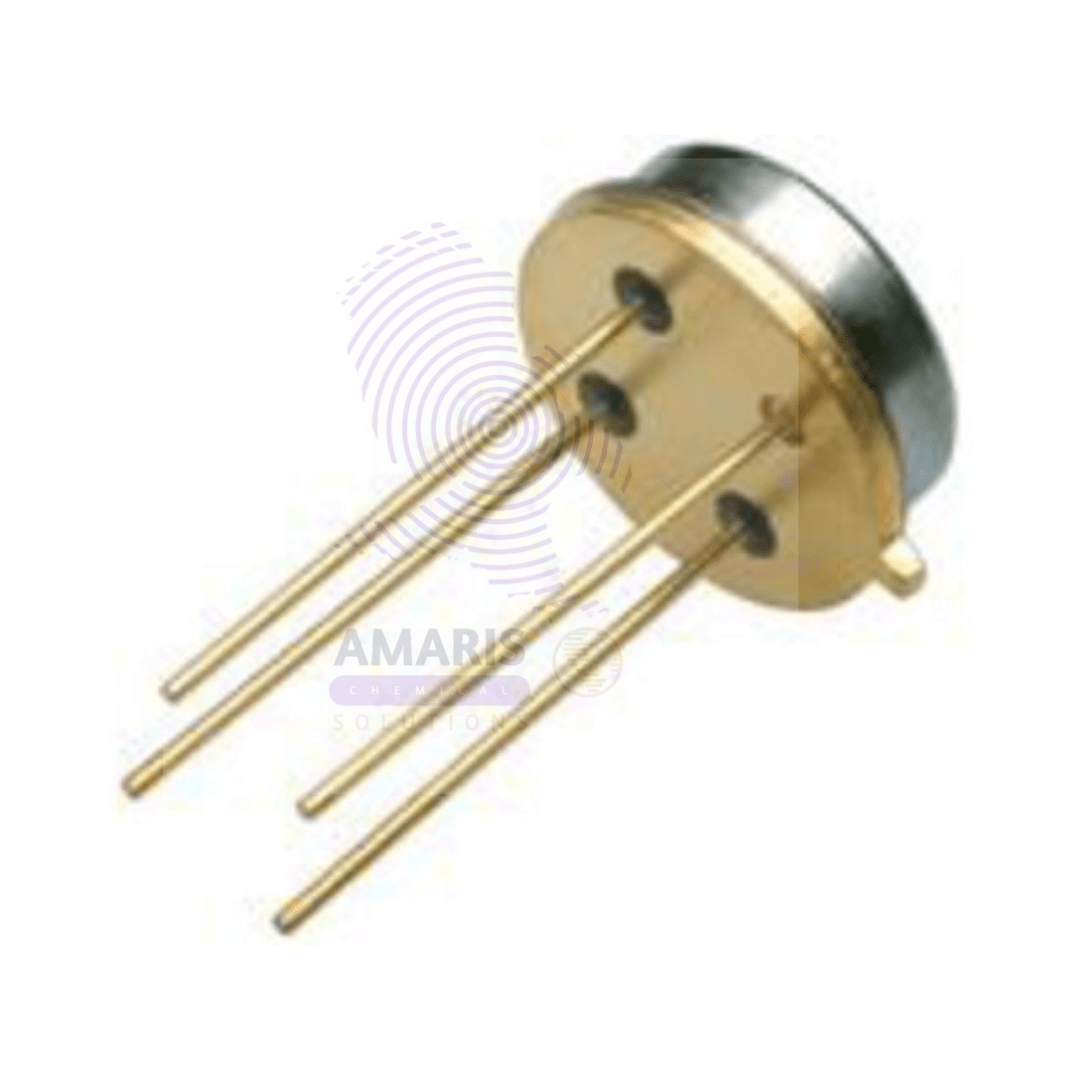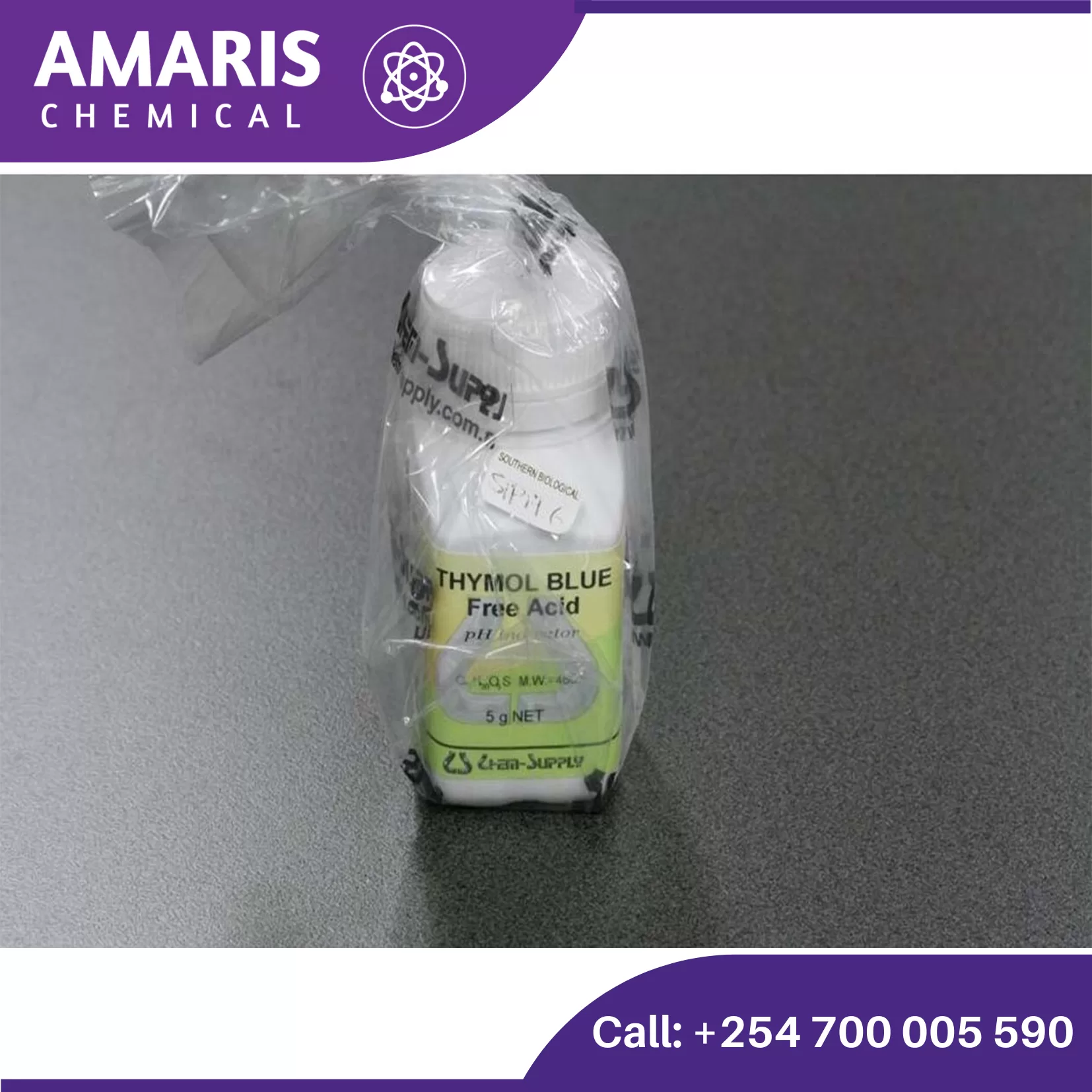Sulphur Powder 500gm
Sulphur powder, also known as sulfur powder, is a fine, yellow, odorless powder composed of the element sulfur. It is an abundant, non-metallic element that is found in nature and is widely used in a variety of industrial and commercial applications, including fertilizers, pharmaceuticals, and in the production of rubber and paper products. Sulphur powder has antimicrobial properties and is often used as a fungicide or insecticide in agricultural applications. It can also be used as a raw material in the manufacturing of other chemicals and compounds.
Sulphuric Acid 2.5 liters
Sulfuric acid is a highly corrosive and strong mineral acid with the chemical formula H2SO4. It is a dense, colorless, odorless, and viscous liquid that is soluble in water and is one of the most widely used chemicals in industry. Sulfuric acid is used in the production of fertilizers, dyes, detergents, and other industrial chemicals. It is also used as a laboratory reagent and in the processing of metals and ores. Sulfuric acid is known for its ability to react violently with many substances, and it should be handled with extreme care.
Tally counter
A tally counter is a handheld device used for counting occurrences or events in various settings, including laboratories, sports, and events. It typically features a button that increments a numeric display each time it is pressed, allowing users to keep an accurate tally of counted items or actions.
Tartaric Acid 500gm
Tartaric acid is a naturally occurring organic acid found in many plants, particularly in grapes, bananas, and tamarinds. It is well-known for its significant role in the wine industry, where it helps stabilize the wine and contributes to its taste. Here are some key aspects and uses of tartaric acid:
Chemical Properties
- Chemical Formula: C4_44H6_66O6_66
- Molecular Weight: 150.09 g/mol
- Appearance: White crystalline powder
- Solubility: Soluble in water and alcohol
Natural Occurrence
Tartaric acid is widely found in nature, predominantly in fruits like grapes, apricots, and apples. The potassium salt of tartaric acid, known as potassium bitartrate or cream of tartar, is a byproduct of winemaking.Industrial Production
Commercially, tartaric acid is often produced as a byproduct of wine production. The process involves:- Extraction: The sediment left in wine barrels, known as "lees," is treated to extract potassium bitartrate.
- Purification: The crude potassium bitartrate is then purified and converted to tartaric acid.
Terminals
Test tube holder wire type
A wire type test tube holder is a laboratory tool designed to securely grip and support test tubes during experiments. Constructed from durable, heat-resistant metal wire, it features a spring mechanism that allows for easy insertion and removal of test tubes while ensuring a firm hold. The holder’s design enables safe handling of hot or hazardous materials, providing a safe distance from heat sources and corrosive substances. It is lightweight and easy to manipulate, making it ideal for various laboratory applications, including heating, cooling, and transporting test tubes. Its versatility and practicality make it an essential tool in any lab setting.
Thermocouple
A thermocouple is a temperature-sensing device that converts heat into an electrical signal. It consists of two different metal wires joined at one end, forming a junction. When this junction experiences a change in temperature, a voltage is generated that is proportional to the temperature difference between the junction and a reference point. Thermocouples are known for their wide temperature range, fast response time, and durability, making them ideal for various industrial and laboratory applications. They are commonly used to monitor and control temperatures in processes requiring precision and reliability.
Thymoil Blue 25gm
Thymol blue is a chemical compound that is used as a pH indicator. It typically appears as a greenish-yellow powder and is commonly used in laboratories and in various applications where pH monitoring is necessary, such as in swimming pools and aquariums. In solutions with a pH below 1.2, thymol blue appears yellow, and in solutions with a pH above 2.8, it appears blue. Its color change range makes it useful for indicating acidic to neutral pH levels.
Ticker tape roll
In laboratory settings, ticker tape rolls are commonly used in physics experiments, particularly those involving motion and velocity. The setup typically involves attaching one end of the ticker tape to a moving object, such as a cart or a pendulum, and pulling it through a ticker tape timer. As the object moves, the timer makes small, regular marks on the tape, creating a series of dots or dashes.
By analyzing the spacing and pattern of these marks on the ticker tape, researchers can determine various aspects of the object's motion, such as its velocity, acceleration, and displacement over time. This method is particularly useful for studying uniform and non-uniform motion and can provide valuable insights into the principles of kinematics.
Ticker tape experiments are often used in educational settings to help students understand and visualize concepts related to motion, such as speed, acceleration, and the relationship between distance and time. They offer a hands-on approach to learning physics principles and can be a fun and engaging way to explore scientific concepts.










